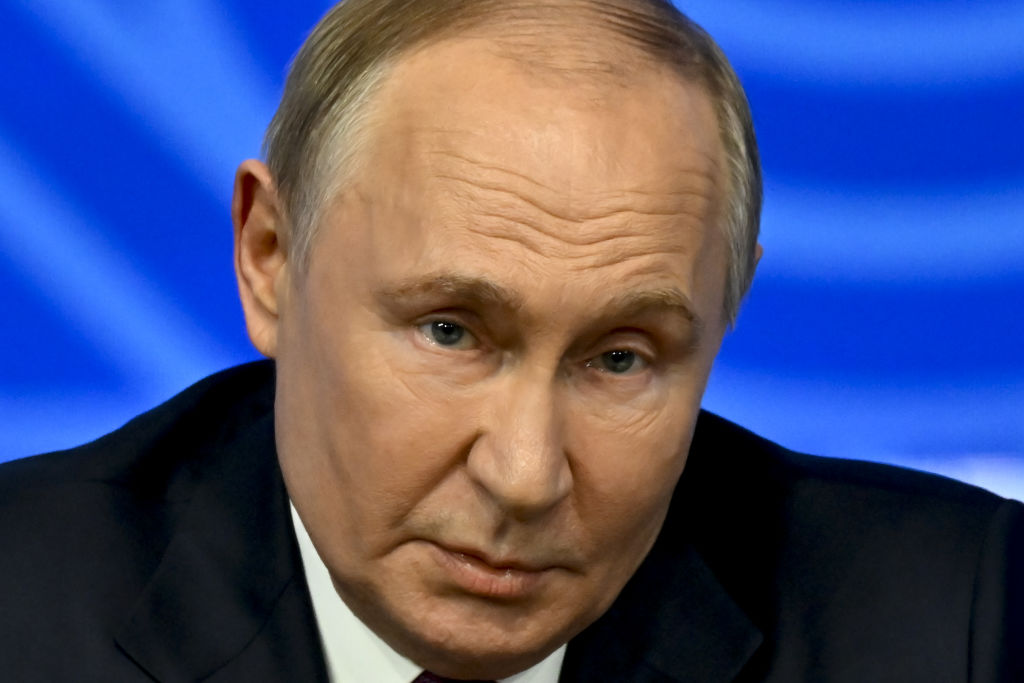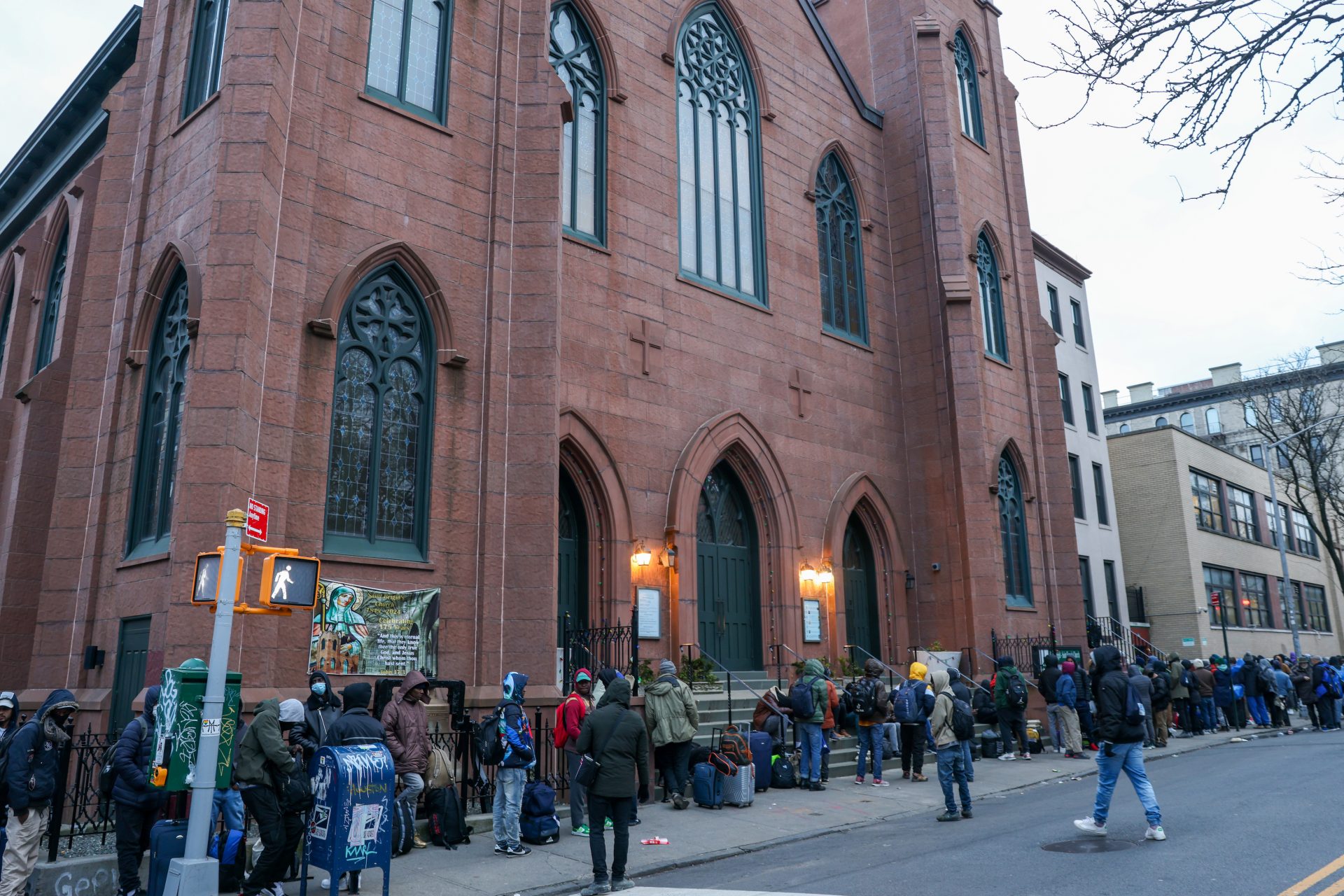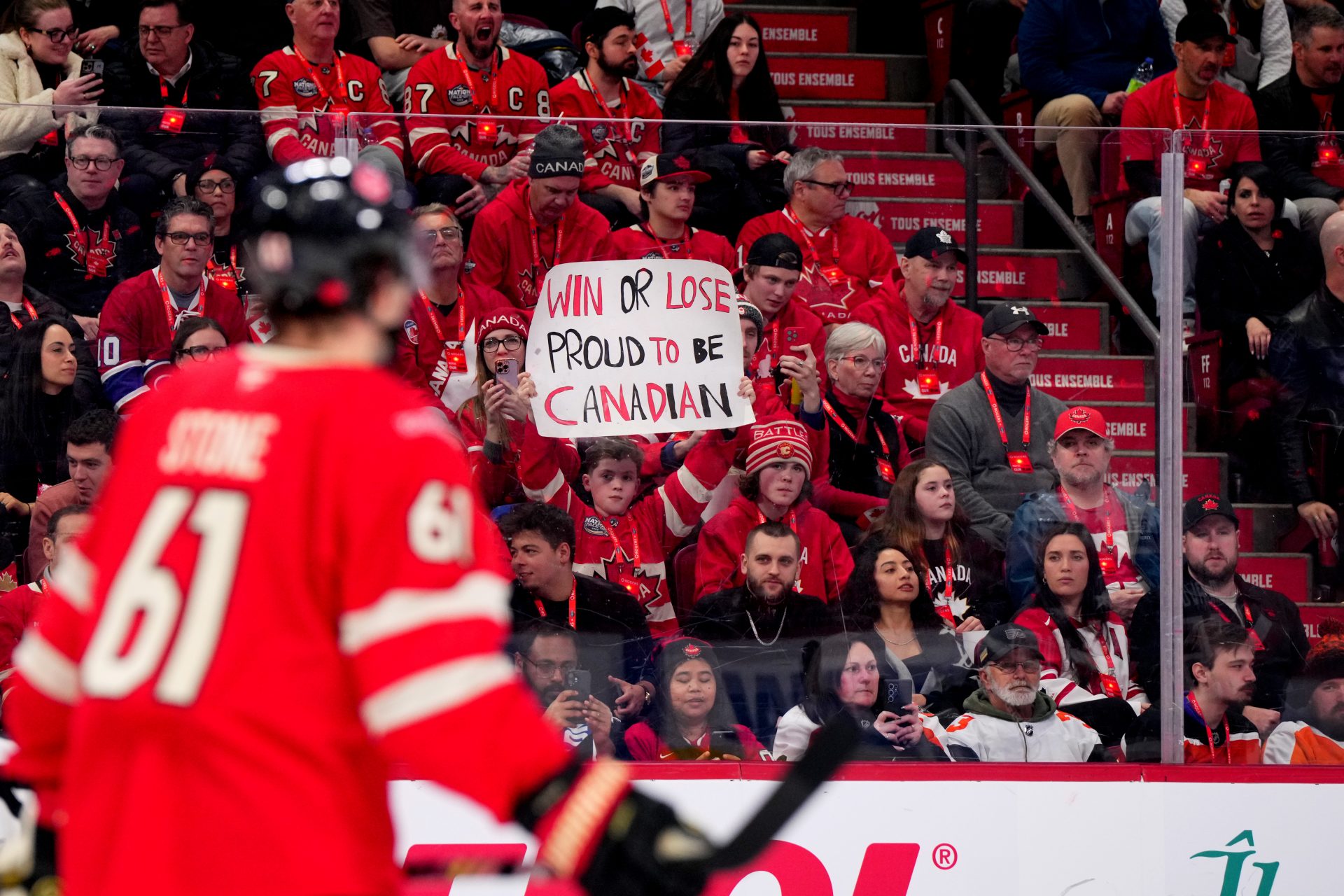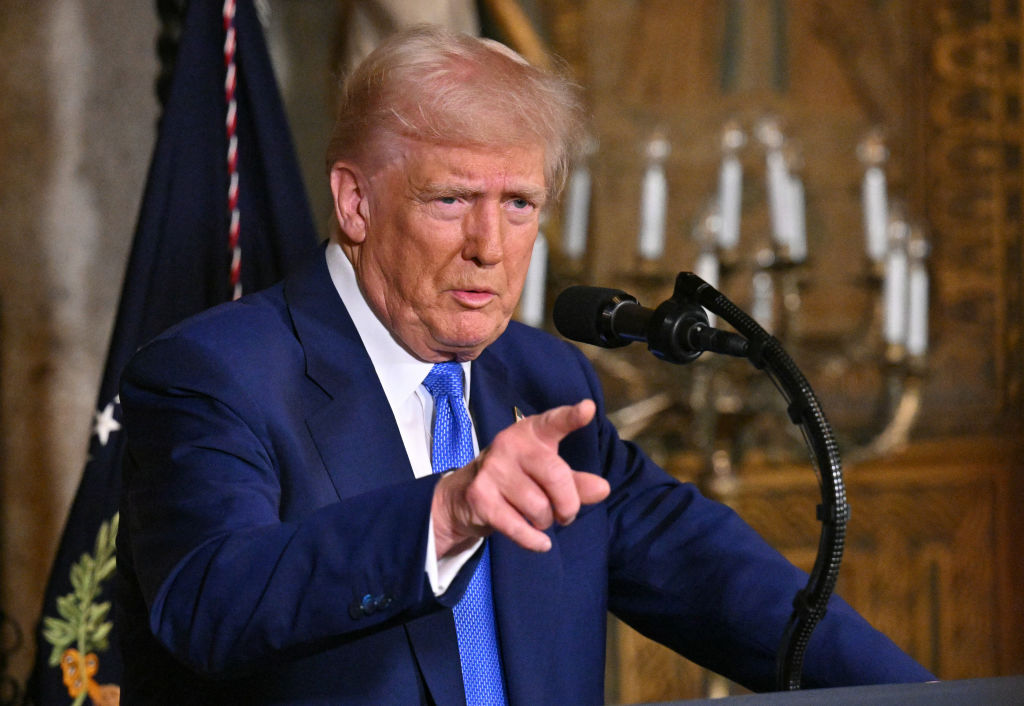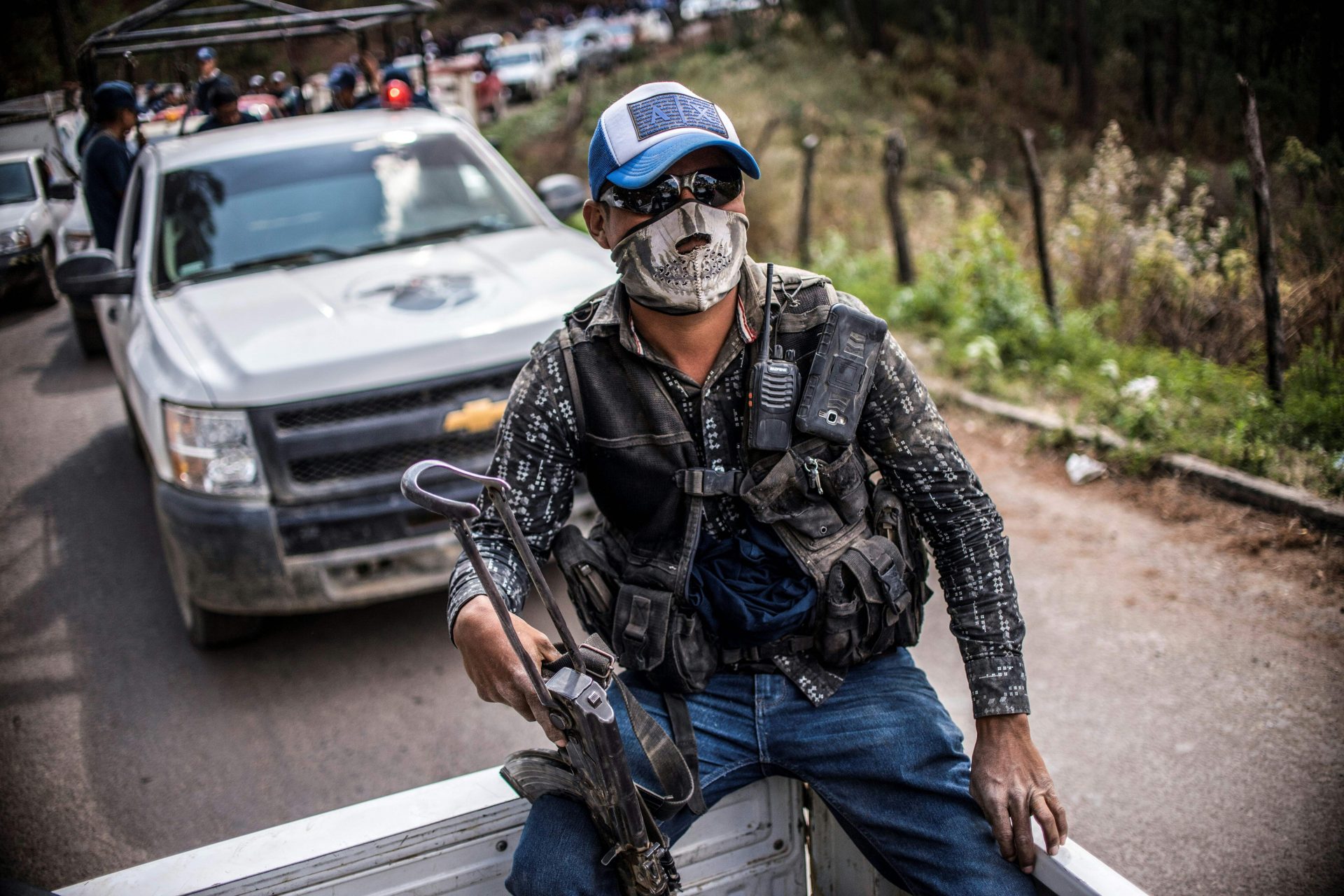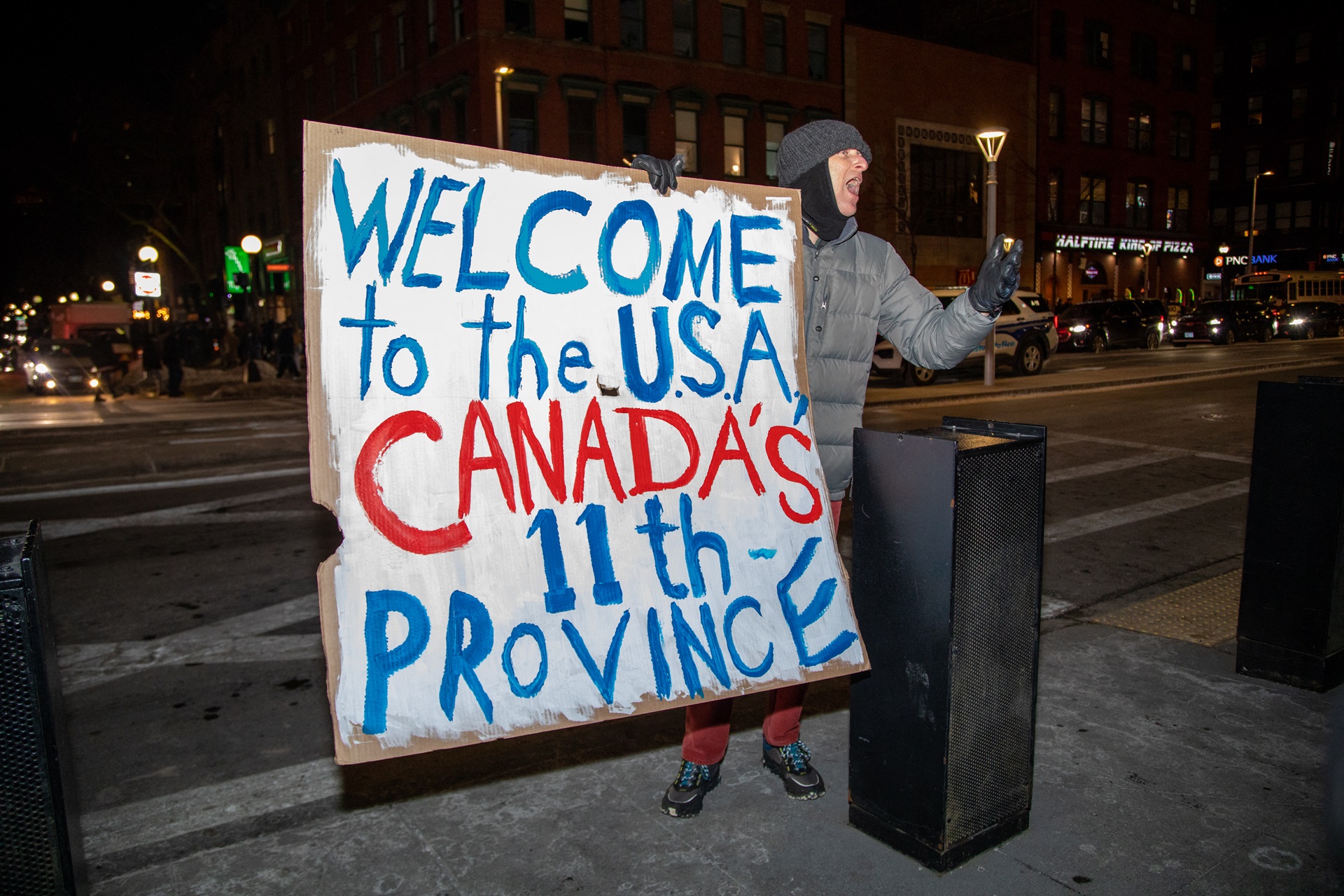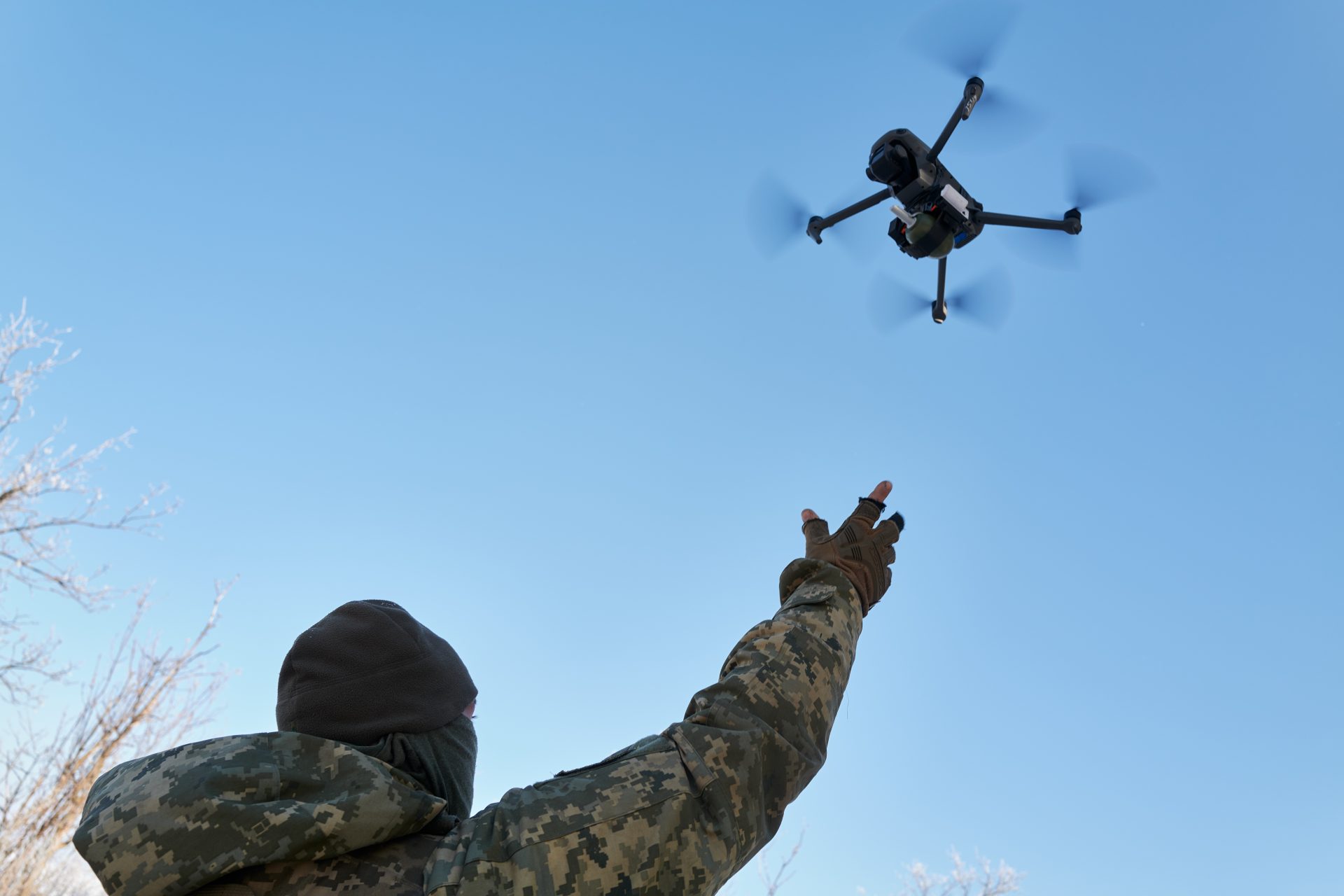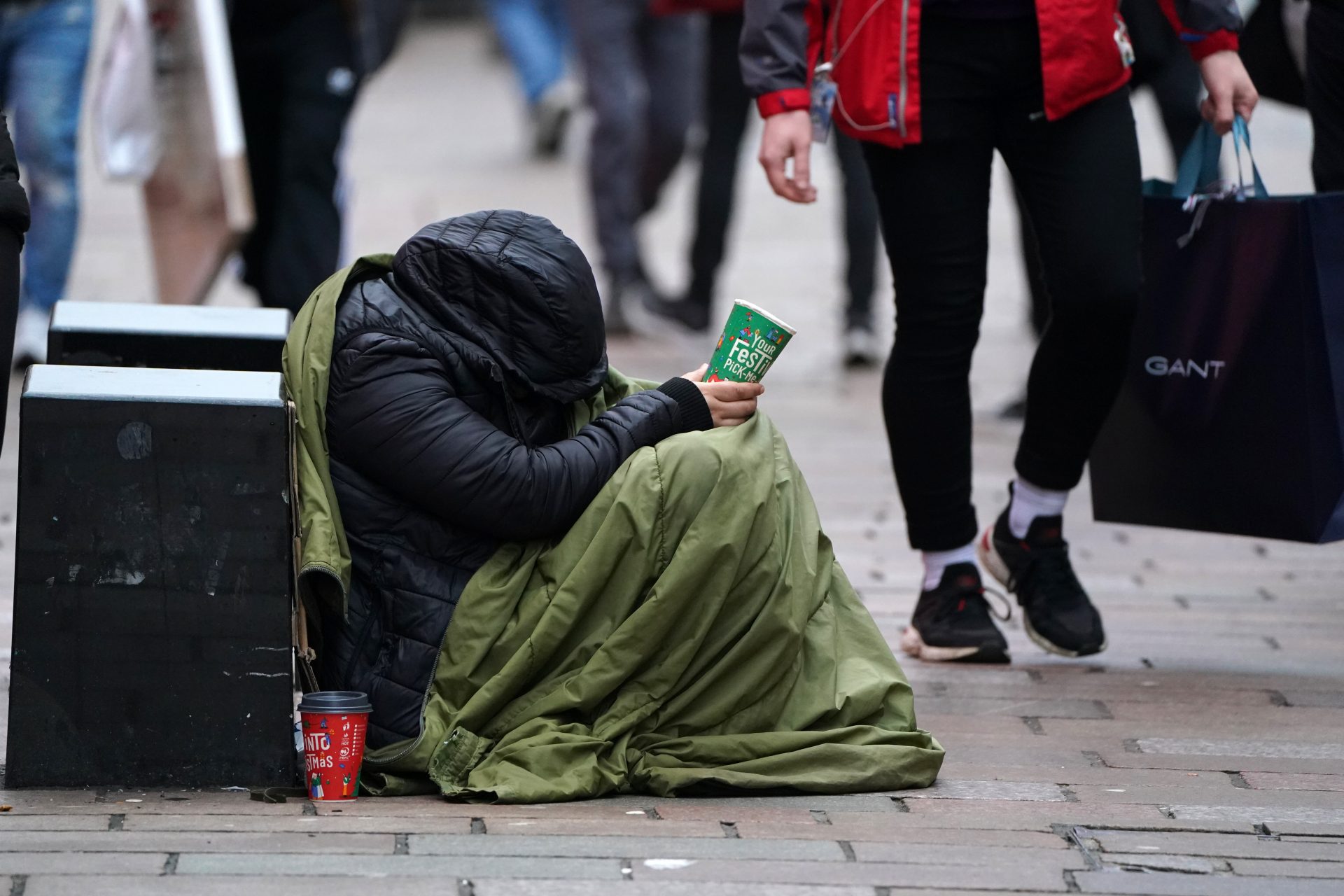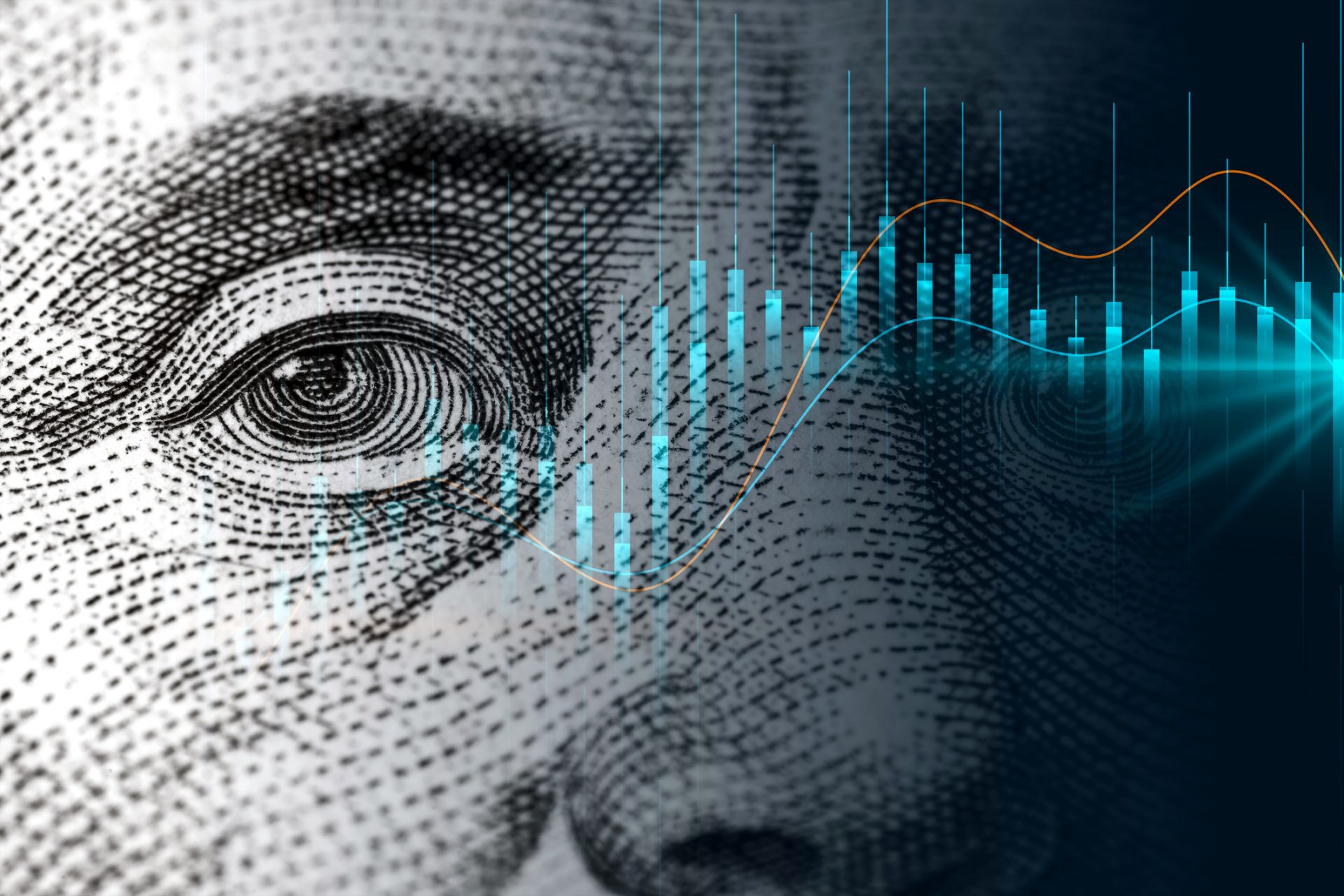Can you tell which image was created by an AI?
Generative AI was one of the most discussed technological advances last year. These computer models can answer questions, have conversations, and create texts or images from prompts fed by a user, like the image you are seeing now.
Image AIs like DALL-E, from OpenAI, or Midjourney can mimic any art style or current, but what about photographs? Are these computer models capable of deceiving our eyes? Let us find out. In the following slides, there will be consecutive images, one by DALL-E and one by a human; see if you can tell which is which.
Image: Instagram / @carbonformstudios (created with Midjourney)
We will start easy, with an aquarium.
AI-generated, actual photography, or a frame from a National Geographic documentary?
The aquarium was an easy one. DALL-E's version looks more like a pictorial interpretation. Let's try something more specific.
How about an object? Here we have a children's toy robot.
Here we have another cute children's toy robot. Can you tell which was by a human and which was by DALL-E?
The cuter one was AI-generated. That was a little more difficult. But there are hundreds of ways a toy robot can look. What about something from reality, something natural?
Let's start with food—different types of bread in a bakery.
Look closely. Which image looked more appetizing?
DALL-E came up with this when asked to create a photograph of loaves of bread. Now let's make it a little more elaborated.
Pizza and soda, a fairly standard menu. Will you be able to tell the difference this time?
A close-up and straightforward image of a pizza and soda.
DALL-E created this pizza and that soda. What if we moved on to something really natural, like fruit?
Let's look at an Apple, the most generic fruit. This one has beautiful lighting, a fresh look, and is the perfect shade of red.
It has specks, it has reflection, and it looks delicious. Is this the real one?
This one was a little more difficult to tell. The game is getting more complex. Let's move on from food, but stay in the natural realm.
Plain grass. Is this a photo or an AI-generated image?
What about this one?
The second photo is the one generated by DALL-E. It was tricky. The picture looked perfect, and DALL-E's image looked real. OK, now let's move to something bigger: landscapes.
A winter print, wonderful and pastoral, but that could have been created artificially.
And these snowy trees? Do they look natural?
In just a few seconds and with a simple prompt or instruction, DALL-E created a somewhat natural winter landscape that would take a photographer more time: they must find the snowy forest first.
Moving on to a comforting image: the ocean.
Is it recognizable as a sea? Can you locate this coastal area?
It would not be easy to locate the misty beach because it was created with zeros and ones. Impressive, but can it create people? Let's find out.
Here is the image of a stadium full of people. Is the image simply out of focus or fake?
And does this sports venue exist, or was it imagined by DALL-E?
This is what a beta version of DALL-E can create in less than two minutes using the prompt "An MLB stadium in the middle of the day with a background screen and a pitcher." What about cities? Can it create cities?
Few cities have the magic and charm of New York after dark.
We hit DALL-E's limit with the New York skyline at night prompt. However, this beta version is only the beginning; with a little more time, this image could be much more realistic.
One of the biggest concerns that experts have around this technology, aside from the intellectual property aspect (the models were trained using the work of thousands of artists and photographers), is privacy and security.
These images may not have been as convincing, but they were created in seconds and with general prompts. Anyone with access to the internet can do that. In that sense, "Deepfakes," images and videos created entirely by an AI to seem realistic, worry experts.
Image: Instagram / @Tactibot (created with Midjourney)
However, the reality is that this technology is not going anywhere. The best option, especially for those concerned about the impact on their jobs, is to get familiar with it. This image was a second attempt at the New York photo with a more specific prompt: there are endless possibilities.
More for you
Top Stories





























